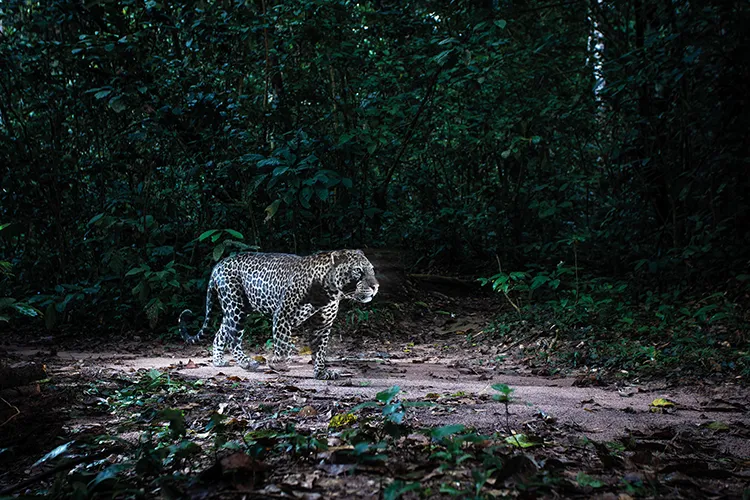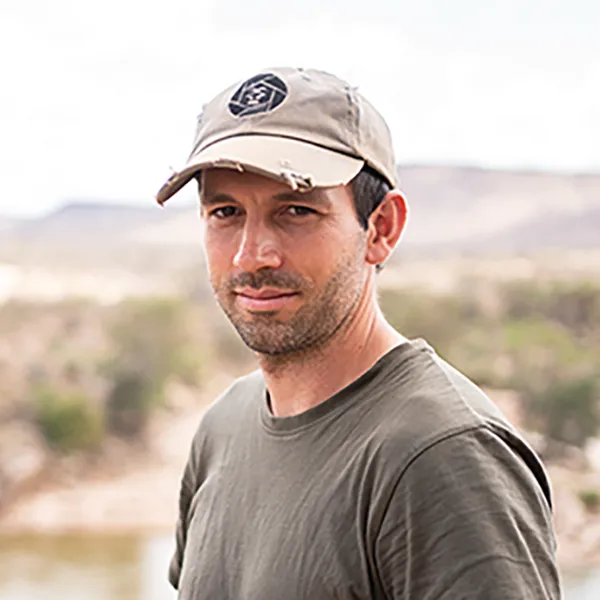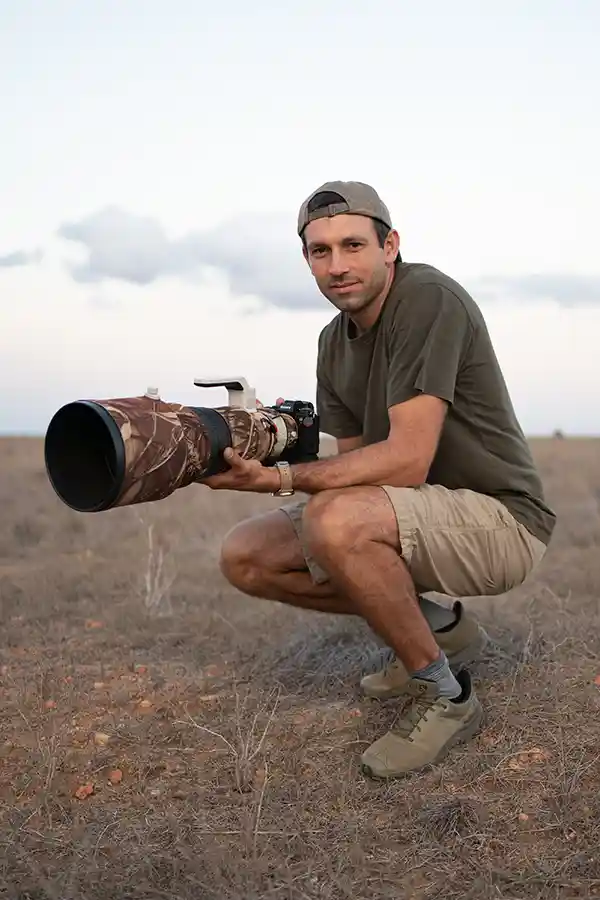
Photographer Will Burrard-Lucas has spent years capturing Africa’s wildlife on camera. Interview by Bryony Cottam

 Will’s travel insights
Will’s travel insights
• Let local guides lead the way – they know where elusive wildlife is likely to appear
• Embrace slow travel – the longer you stay, the more the natural world reveals itself
• Always be aware of the impact you have on your photographic subject
When researchers from the Wildlife Conservation Society (WCS) first ventured into the rainforests that today make up the Republic of Congo’s Nouabalé-Ndoki National Park, they reported being confronted by chimpanzees so curious to see the new arrivals that it’s likely they had never encountered humans before.
Thirty years later, Nouabalé-Ndoki remains a rare example of an intact Central African forest ecosystem, still completely uninhabited by people. It’s into this remote wilderness – sandwiched between the swamps of the Ndoki River to the west and the Goualougo River to the east – that British photographer Will Burrard-Lucas brought his camera traps, hoping to catch a glimpse of the forest’s elusive and enigmatic inhabitants.
Burrard-Lucas, 41, is no stranger to photographing Africa’s wildlife. His earliest memories are of safaris in East Africa, and the high-definition camera-trap systems he has developed have helped him capture award-winning portraits of dangerous, shy and nocturnal animals. But the Congolese forests posed a much greater challenge. ‘There’s no road or even river access to most of the WCS research stations where we were based,’ he says. ‘Everything is carried in and out by hand, often through waist-deep swamp water.’

Camera traps, Burrard-Lucas explains, are the only practical way to photograph the Congo Basin’s rarely seen species, such as the critically endangered forest elephant, the golden cat and the giant pangolin. It’s a laborious and time-consuming process that took him more than a year, several return trips to the Congo Basin and a lot of trial and error. The intense forest humidity – and sabotaging animals – took a toll on the equipment throughout. ‘But the challenge made any photos we did get so much more rewarding,’ he says.
‘There are literally millions of photos coming out of East and Southern Africa every day,’ Burrard-Lucas explains, ‘so it’s difficult to capture anything new. But there’s so much in the Congo that hasn’t been photographed at all. You really can’t beat the excitement of checking your photos to see if the results are a success. Then there’s the response from other people – often they’re seeing these animals for the first time, or haven’t even heard of them before – who start to appreciate just how unusual and special they are. It’s worth all the effort in the end.’

While years of experience have helped him identify the kinds of places animals might frequent – certain trails or waterholes, for example – Burrard-Lucas says the best way to spot or photograph wildlife is by travelling with a local conservationist or guide. ‘These are the people who are out there all the time. They have a much better idea of where even the most difficult-to-spot species are going to be hanging out.’ Travelling with experts also ensures that you’re visiting places and photographing wildlife responsibly, although Burrard-Lucas adds that you should always be aware of your impact on your subject.
Of all the animals he has caught on camera so far – including a red river hog, a brush-tailed porcupine and a water chevrotain, or fanged deer – Burrard-Lucas is most proud of the large leopard that stepped out in front of his traps. He hopes his photos will get others excited about the region, both as a place to conserve and, potentially, to visit. While Nouabalé-Ndoki National Park has been protected since 1993, emerging threats – from logging to new cross-country roads – now put the forest’s flora and fauna at risk. The WCS is responding by developing ecotourism initiatives to ensure the park’s continued preservation. ‘Travel and tourism are often among the most effective ways of bringing in revenue that supports the protection of wildlife,’ says Burrard-Lucas. ‘If local communities benefit from the revenue created by wildlife tourism, they’re much more incentivised to protect it.’




